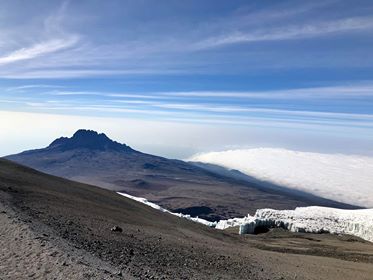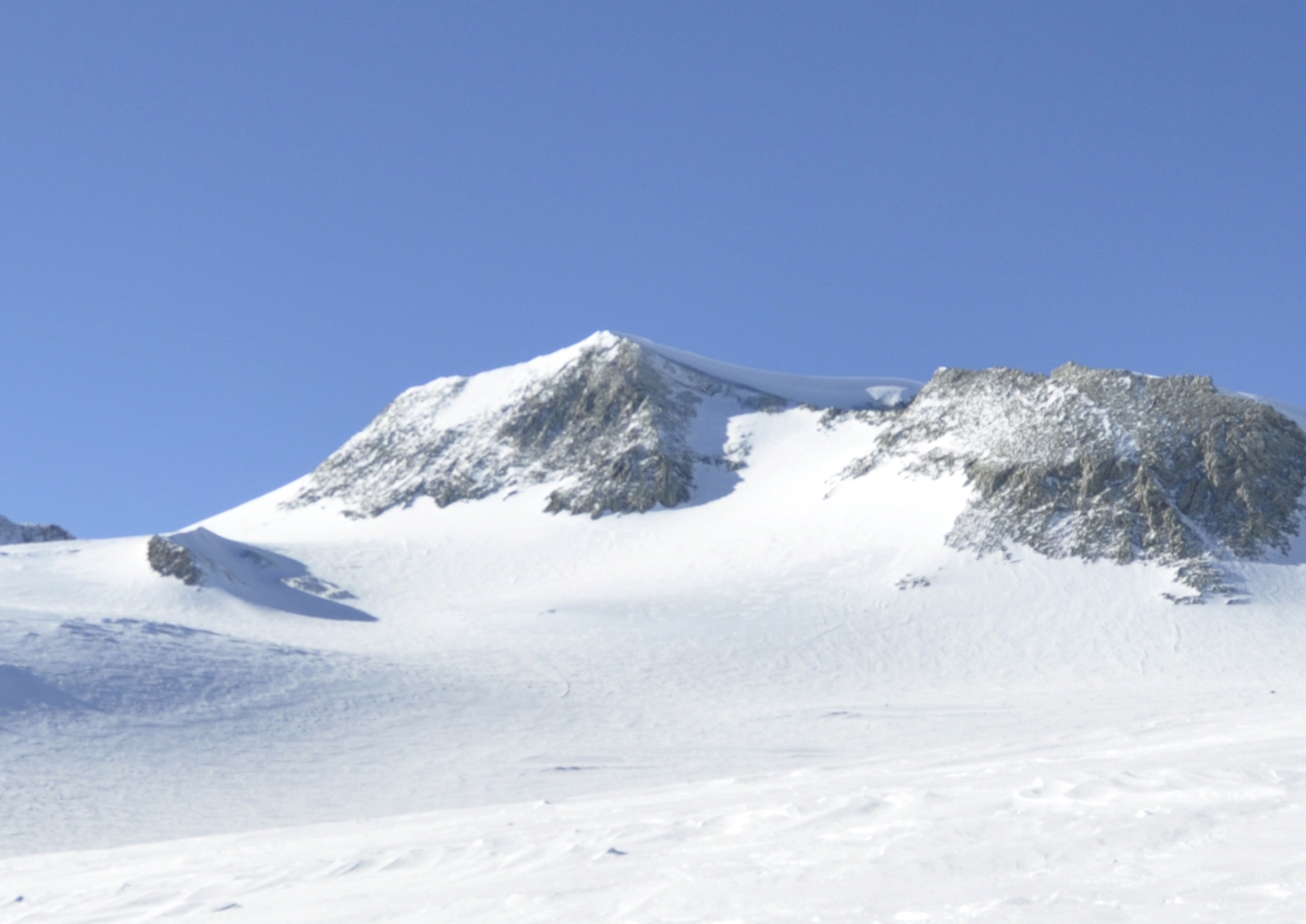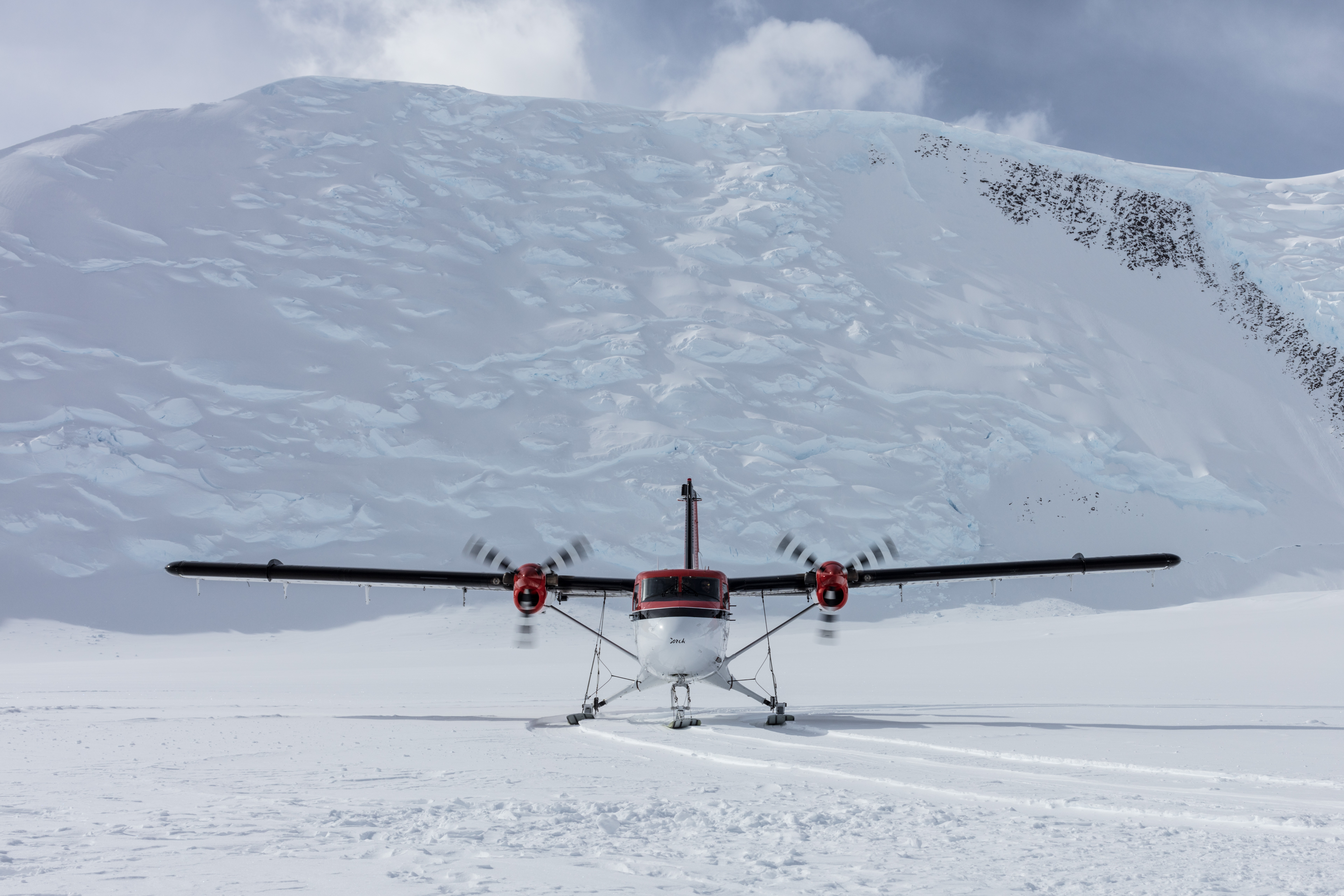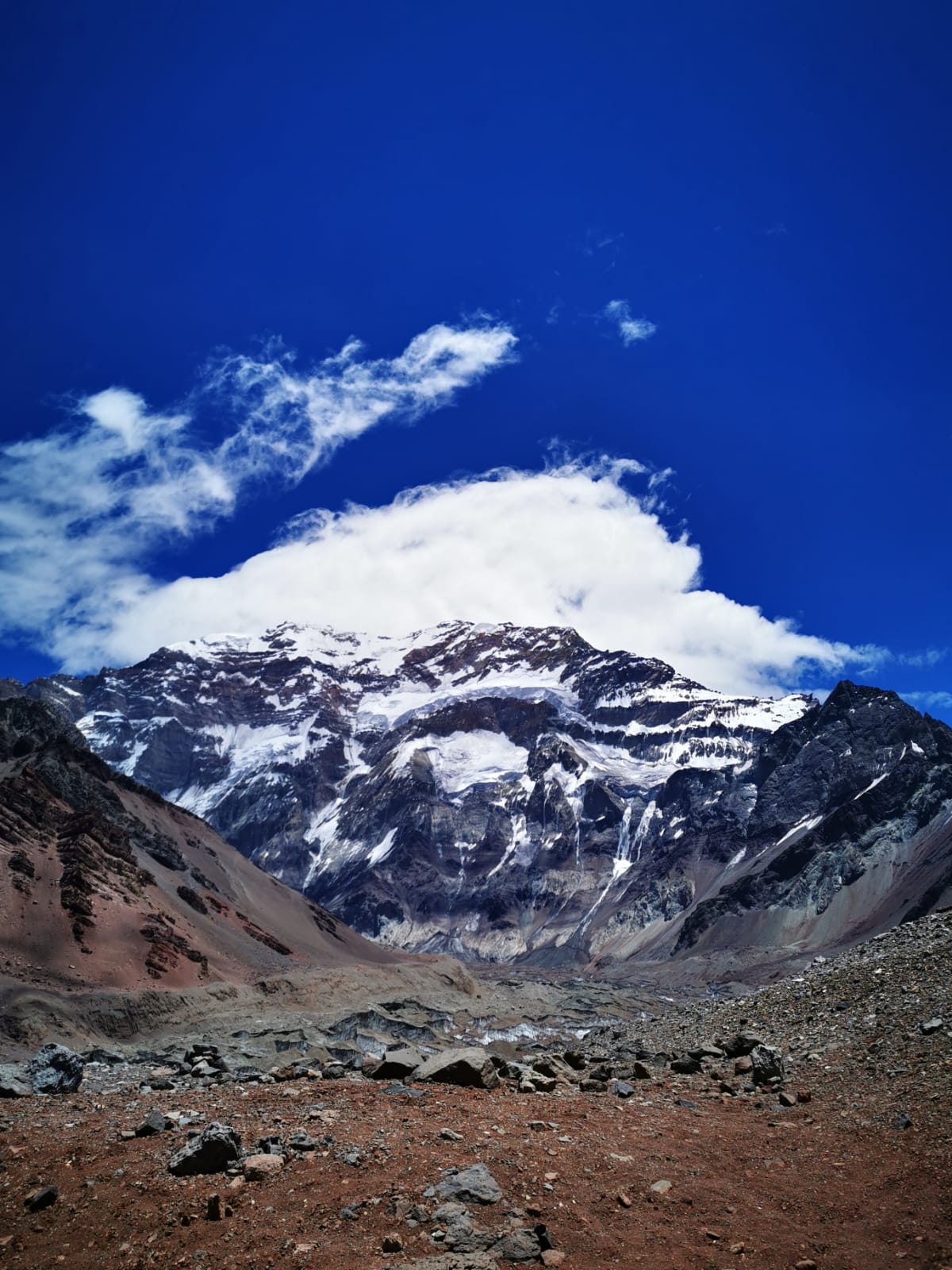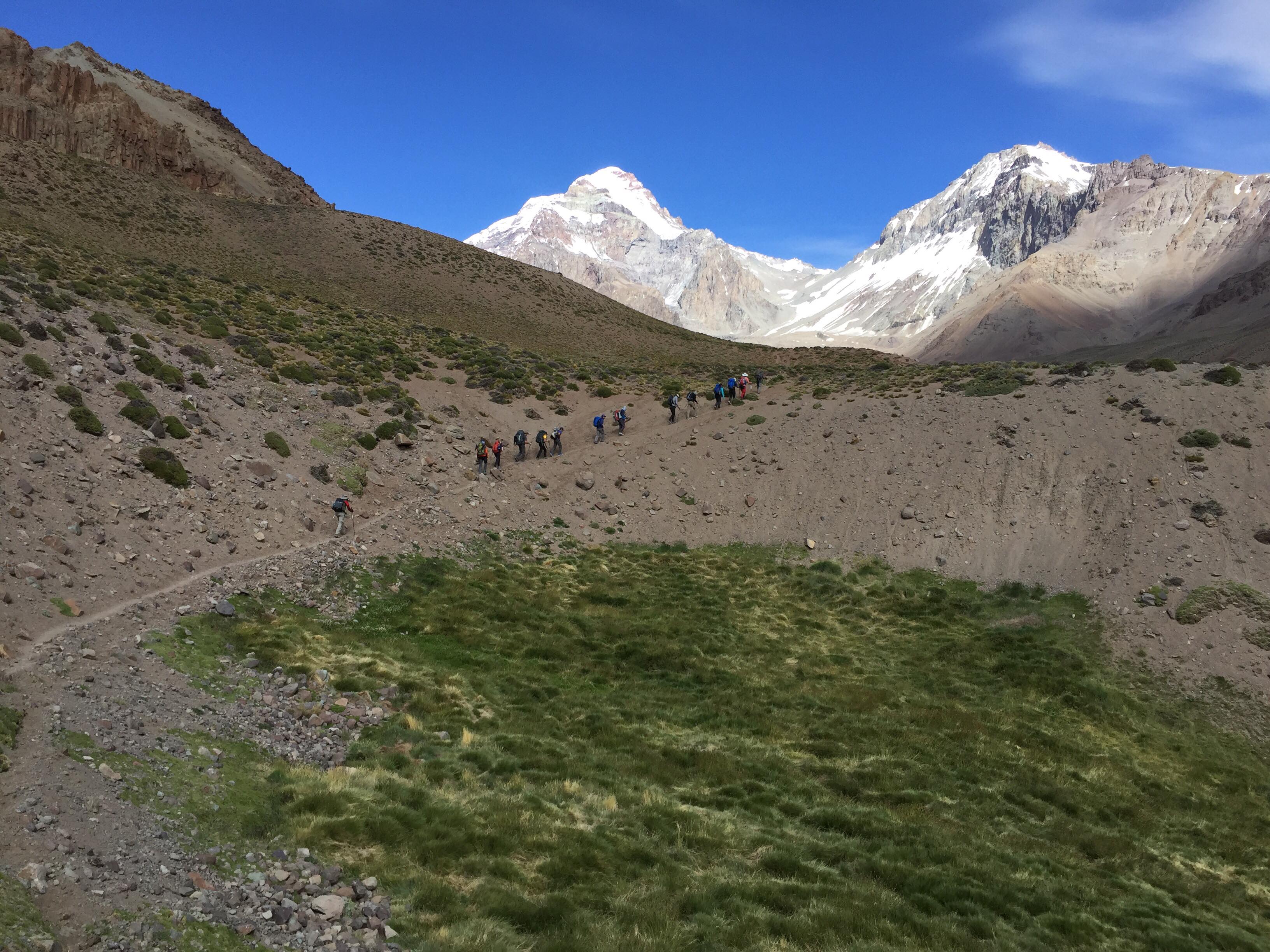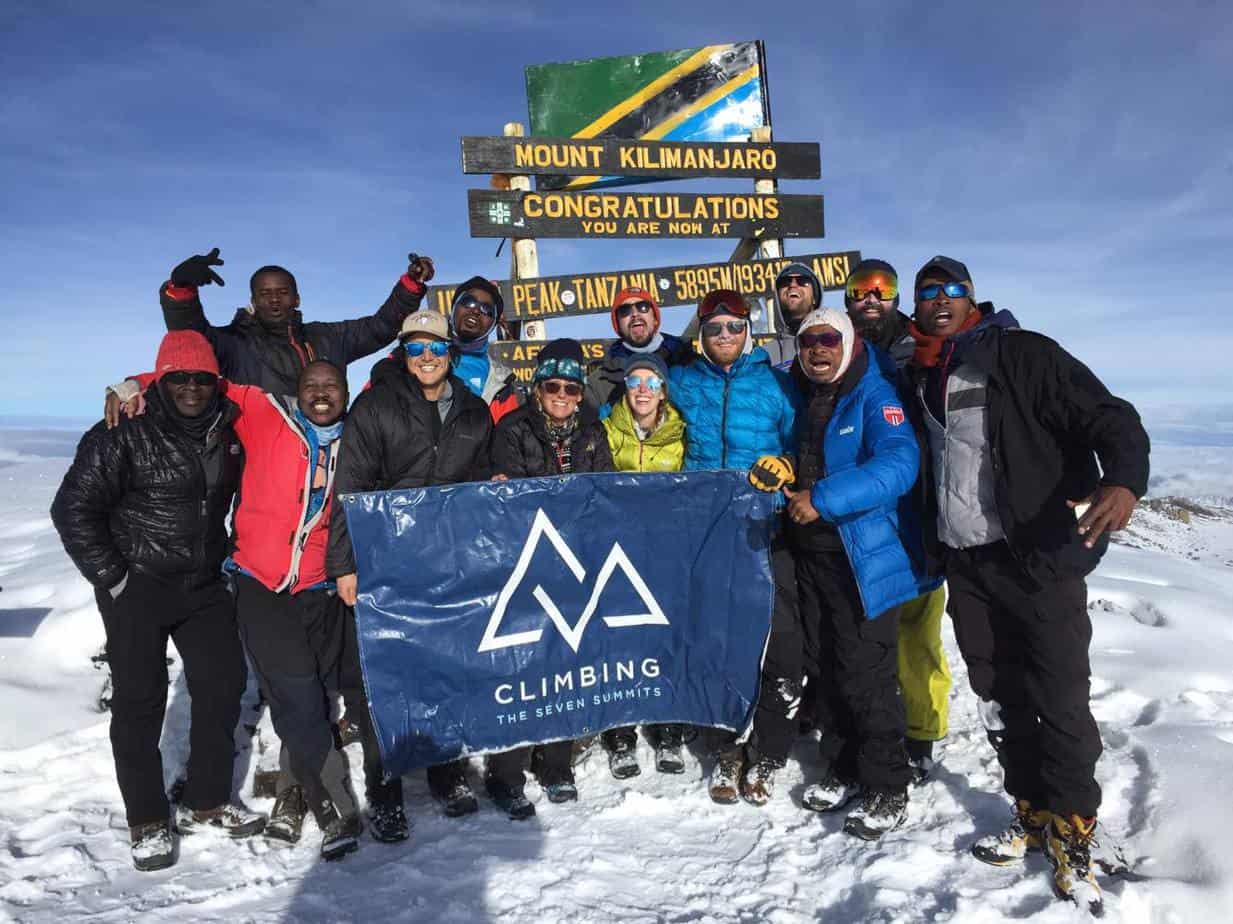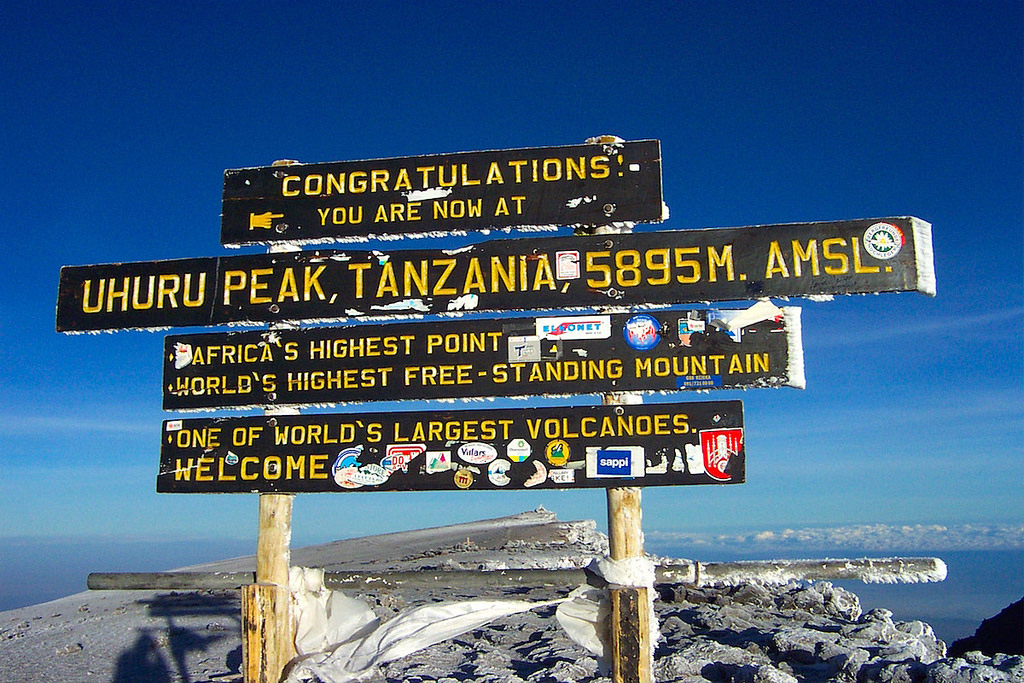...Vinson Team at Low Camp & Aconcagua on Schedule...
Lead guide Ossy called in today (Christmas Eve) to let us know the team are settled in at Low Camp having made excellent time in perfect weather. A really strong team.
The plan is to take a rest day tomorrow (and have a truly white Christmas!) and then the following day they'll move up onto the fixed lines. They'll more than likely check in again in a few days time to save those satellite phone batteries.
Meanwhile our Aconcagua teams are doing well and are nicely on schedule with our Speed Ascent climber due to land in Mendoza on Boxing Day and fly directly to Base Camp.
We're wishing all our climbers, and you all at home following along - a very Merry Christmas and a safe holiday season.
Cheers
CTSS Team

...Vinson Team on the Mountain...
The team are on the continent and have made their way out to the mountain from Union Glacier on the Twin Otters on Ski and to begin their ascent.
Union Glacier is the main operational base with semi permanent facilities. The flight from UG out to Vinson Base Camp is absolutely stunning and reminder of just how remote this expedition is.
First step is a load carry to Camp 1 and retreat back to Base before moving up.
Just a reminder that communication on Vinson can be a few and far between but remember no news is good news. The team will call in on the sat phone sporadically to let us know how they are going.
Cheers
CTSS Team

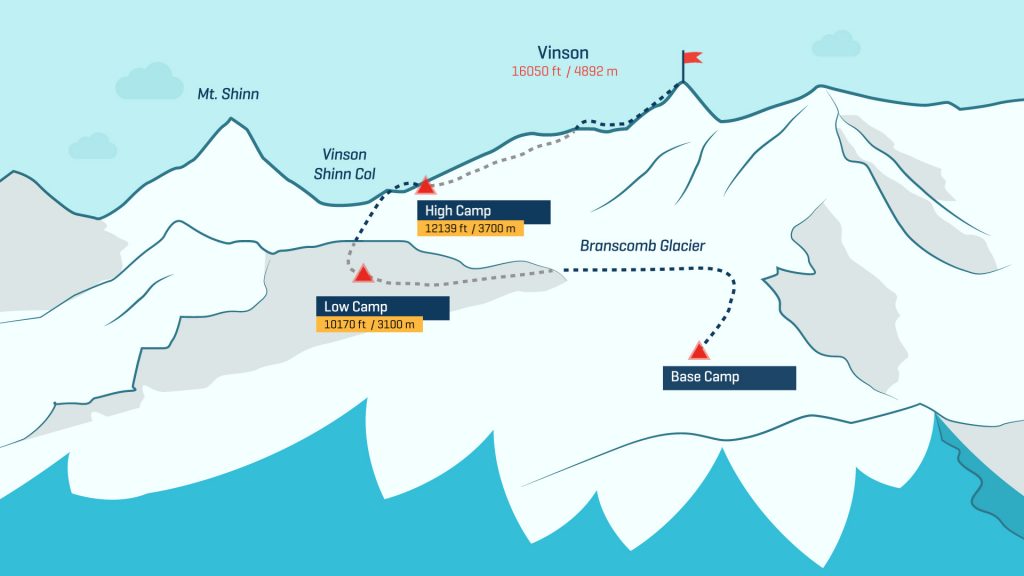
...Blue Skies on Aconcagua...
Our Aconcagua teams are enjoying the picture perfect blue sky weather.
Asma and Nani are now at Base Camp - Plaza de Mulas - having trekked in via Confluencia.
They will rest there tomorrow and start making their way up the peak the following day. They are feeling strong and moving really well.
Meanwhile our team climbers, Scott and Karin have begun their first day of trekking today, it's about 5hrs, gaining about 1000ft and will camp by the river at the picturesque Pampa de Lenas campsite.
Tomorrow they head further up the valley to the turn off the Relinchos Valley and camp at Casa de Pierda.
Cheers
CTSS Team



...Aconcagua Update...
A brief update from our Aconcagua teams;
Asma and Guide Nani begin their trek in today to Confluencia in beautiful weather and our guided team have been undertaking the serious business by doing some wine tasting in Mendoza as well as finalising their permits and gear checks!
They'll head out tomorrow for Penitentes.
Cheers
CTSS Team


Cheers
CTSS Team
...Vinson Team playing the Wait Game...
Our first Vinson team are hanging tight and playing the waiting game over in Punta Arenas as we wait for a good weather window to fly onto the ice and get the adventure truly started.
Delays like this are very common and not a concern as we plan the contingency days into the itinerary.
Let's keep our prayers going to the weather Gods.
Cheers
CTSS Team
...Aconcagua Underway...
It's all systems go down in Mendoza for our end of year Aconcagua teams.
Our private team of Asma and Nani have permit in hand and are headed for the trail head and our team climb are just shaking off the jet lag and will start their official program tomorrow morning with gear checks, team briefings, permits and a team dinner.
Weather looking good and the Mate is hot and flowing (a traditional caffeine rich South American tea pronounced Mar-tay)
Cheers
CTSS Team


...Vinson Season Underway...
Our Vinson season is well underway with our first team heading down to the ice any day.
Gear has been checked, team jackets have been donned and the bags have been weighed.
Soon they'll step aboard the Ilyushin - a massive specialist plane and land on an incredible blue ice runway at Union Glacier before transferring to a Twin Otter on skis out to Vinson Base Camp.
Getting to the mountain is an incredible, once in a lifetime event as it is!
Cheers
CTSS Team
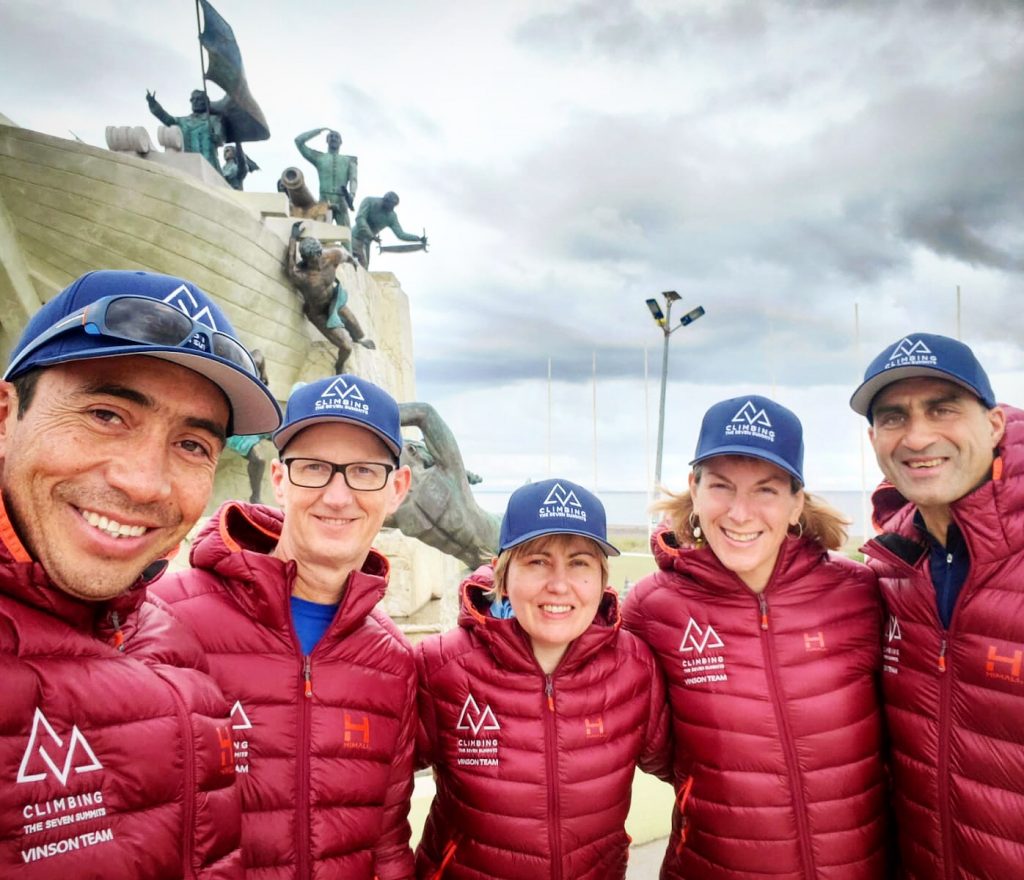

...Kili Team Down Safe & Sound...
Our private Kili trip is now back in Arusha enjoying the luxury of a well deserved hot shower.
We're so stoked that all of the team topped out and now it's on to a celebratory safari! They'll be checking out the best of Tanzania on game drives around Ngorongoro Crater & Tarangire over the next few days and who knows maybe they'll add to their statistics by spotting the Big 5!
Here's a few shots on their adventure to tide you over until they get home to show you in person!
Cheers
CTSS Team
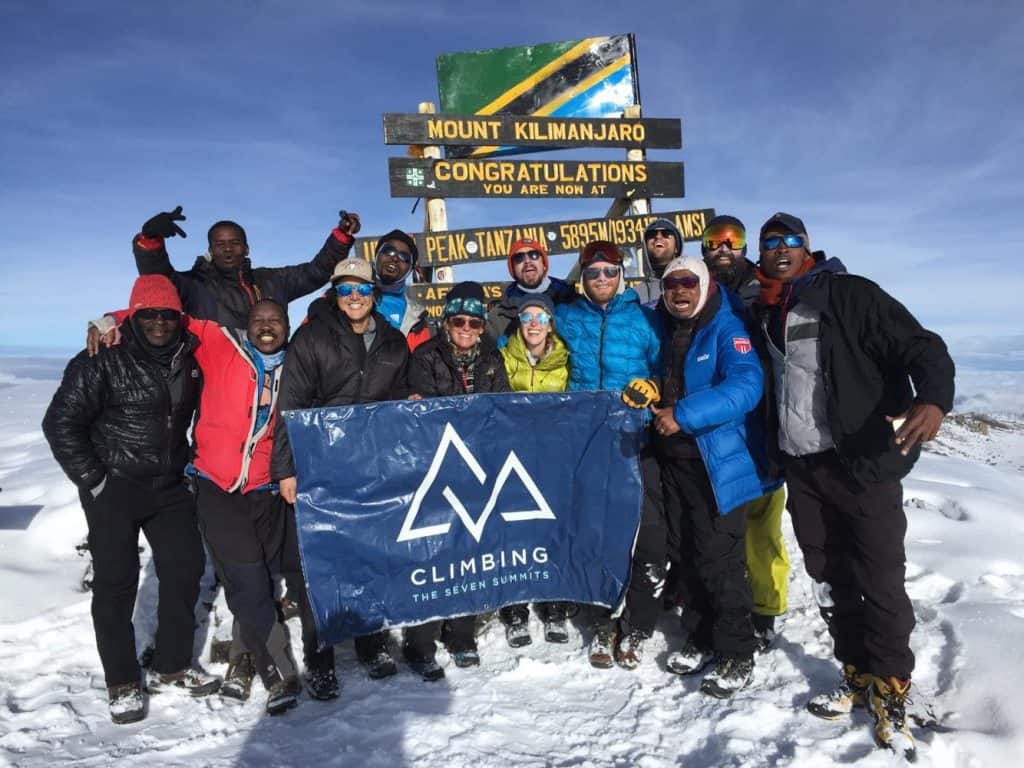
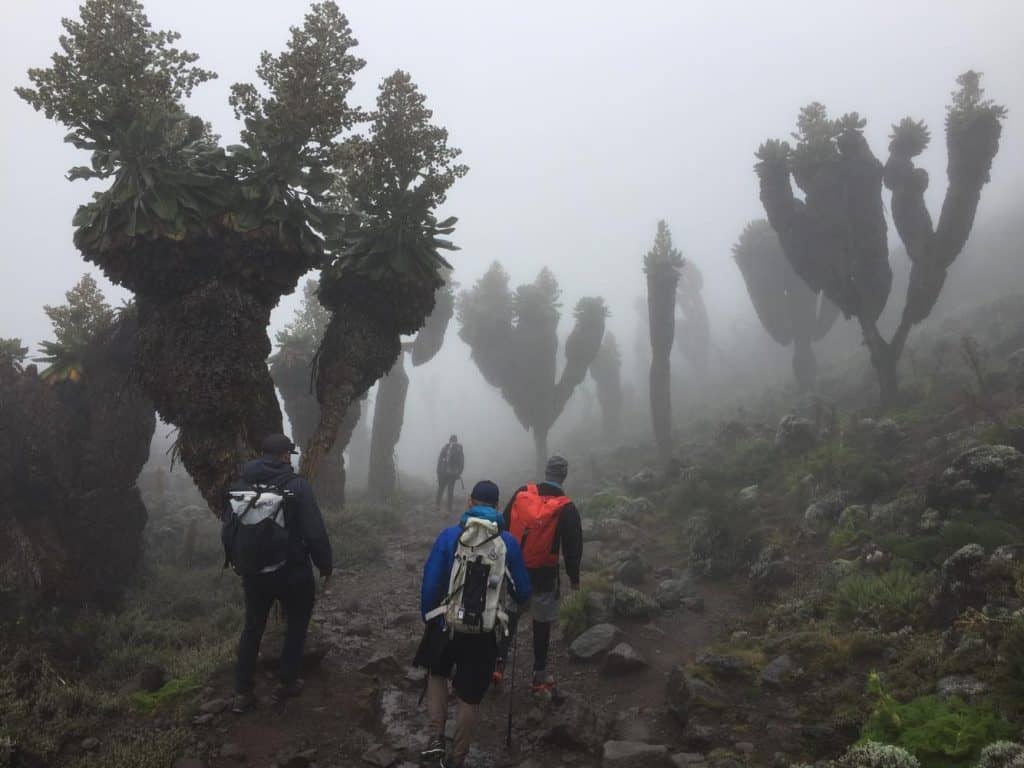
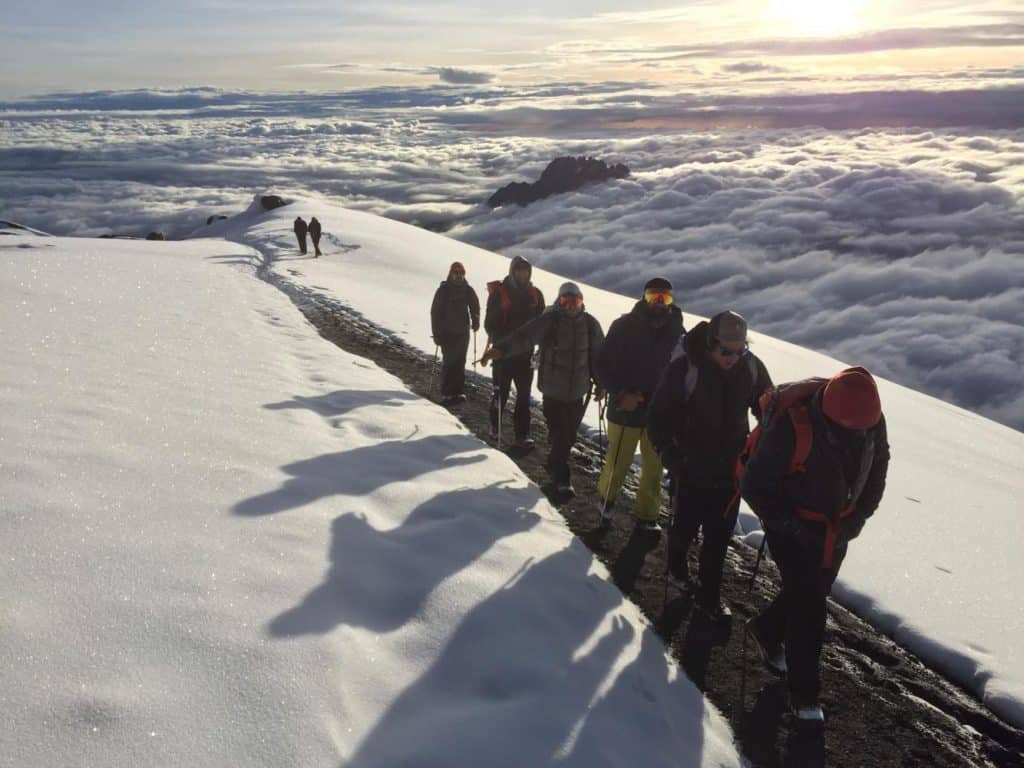
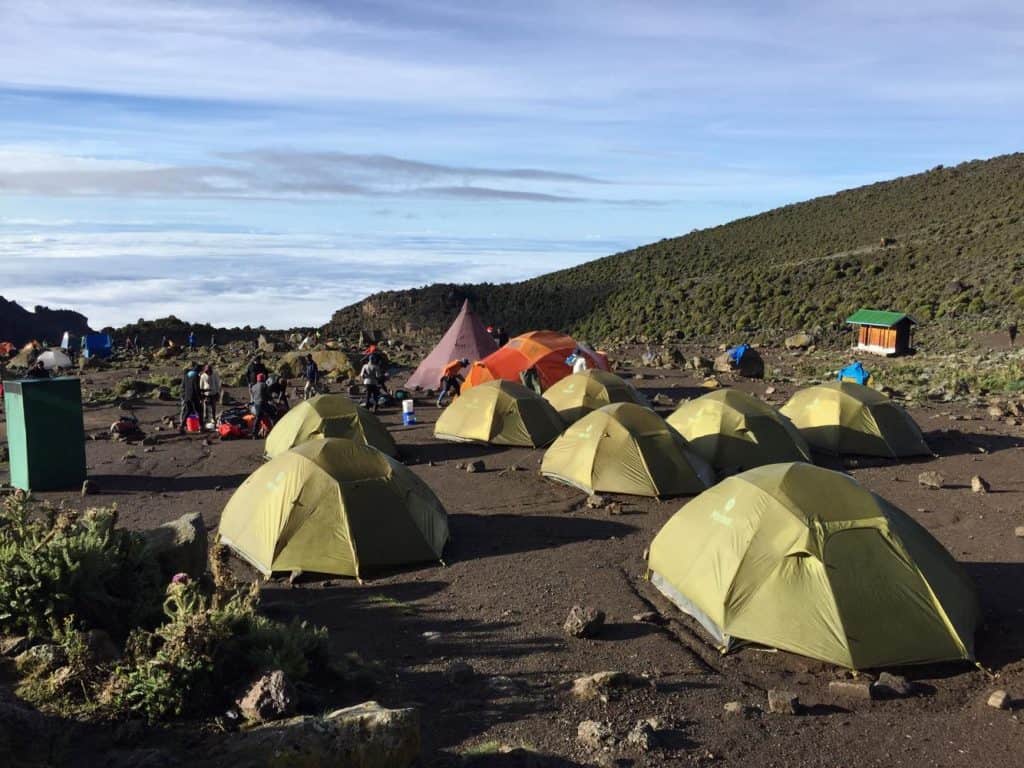
100% on top of Kili
The Kilimanjaro private team have all made it successfully to the summit this morning, taking in the sunrise from just below the summit in perfect weather.
They were a bit nervous about the rain yesterday but they got lucky with a phenomenal day. They are now back at High Camp for a quick bite to eat and a rest and will continue down the mountain to Low Camp (Mweka Camp) this afternoon.
A good night's sleep and one final walk and they'll be back to hot showers, a yummy dinner, wifi and of course a celebratory safari!!
Nice work everyone.
Cheers
CTSS Team
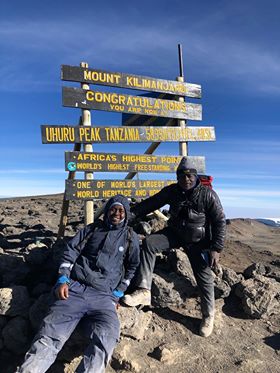

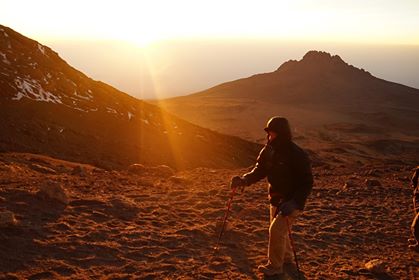
...Poised for the Summit...
Hello everyone,
A quick update from our private team led by Mike on Kilimanjaro. They moved to High Camp overnight and today will go for the summit.
They'll be waking up over there shortly for an alpine start to head for the summit.
Everyone in great shape. Fingers crossed for good weather for them and we'll keep you updated with the latest as it comes to hand.
Cheers
CTSS Team
PS they had crepes and fresh watermelon and mango again for breakfast so if they tell you they were roughing it, you can officially raise an eyebrow :P


